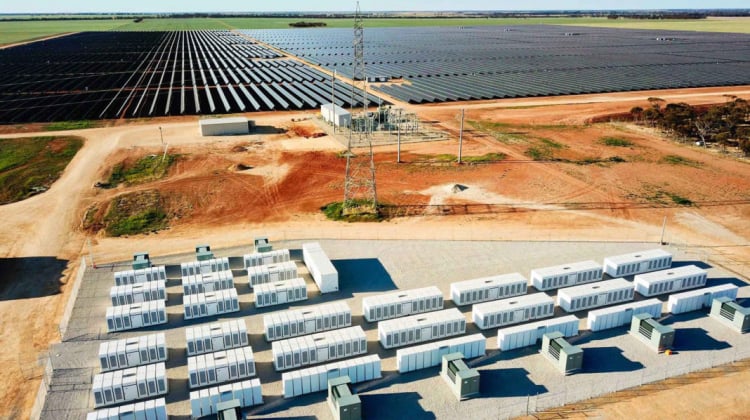
The Australian government’s start of competitive Contracts for Difference (CfD) tenders for dispatchable renewable energy capacity backed with energy storage is an unprecedented step for national energy policy.
That’s the view of energy economics expert Professor Bruce Mountain, who spoke to PV Tech sister site Energy-Storage.news following the government’s launch of an expanded Capacity Investment Scheme (CIS) last week.
Try Premium for just $1
- Full premium access for the first month at only $1
- Converts to an annual rate after 30 days unless cancelled
- Cancel anytime during the trial period
Premium Benefits
- Expert industry analysis and interviews
- Digital access to PV Tech Power journal
- Exclusive event discounts
Or get the full Premium subscription right away
Or continue reading this article for free
The scheme has been described by the Department of Climate Change, Energy, the Environment and Water (CCEEW) as a “national framework to increase new investment in renewable and clean dispatchable energy projects”. Its emergence has been on the cards since at least the end of last year, when Commonwealth energy minister Chris Bowen and his counterparts at state level agreed the rollout of the scheme in principle.
While in its early stages it had been envisaged as a means of support for around 6GW of generation, following modelling by the Australian Energy Market Operator (AEMO), that target has been greatly increased after a period of consultation during August.
It will now underwrite projects that will deliver a total of 32GW, comprising 23GW of variable renewable energy (VRE) generation and 9GW of dispatchable capacity, the latter equating directly to that level of energy storage deployment.
Essentially, the Commonwealth will create a Contracts for Difference (CfD) structure through which tender participants bid a strike price, and payments will flow two ways based on the difference between that strike price and the spot price on the National Electricity Market (NEM), covering Australia’s major interconnected states.
Already, some investments have been supported by the scheme in New South Wales (NSW), where a recent tender for firming capacity to enable integration of solar and wind VRE was backed by the CIS and saw wins for 2,800MWh of battery storage alongside three virtual power plant (VPP) projects.
The scheme gets its full debut in the coming months, with the launch of major tenders seeking 2,400MWh capacity from developers in Victoria and South Australia expected in December and awarding contracts before the middle of next year.
“The Australian Government’s Capacity Investment Scheme is the biggest news in Australia’s electricity policy for as long as we can remember,” Professor Mountain, director of the Victoria Energy Policy Centre (VEPC), told Energy-Storage.news yesterday.
Stephanie Bashir, founder and CEO of consultancy Nexa Advisory, told Energy-Storage.news that the extension of the CIS “gives investors the certainty they need to accelerate our energy transition, a clear on ramp to the sunset of the Renewable Energy Target (RET, which ended in 2020) and few flow on effects to other investors, so it won’t distort the market”.
National trade association Clean Energy Council (CEC) also welcomed last week’s announcement, with CEO Kane Thornton describing it as “a significant commitment that is intended to put Australia back on track to achieve the Government’s policy of 82% renewables by 2030, replacing ageing coal-fired generation with cheaper renewable energy and driving down power prices”.
To read the full version of this story, visit Energy-Storage.news.






